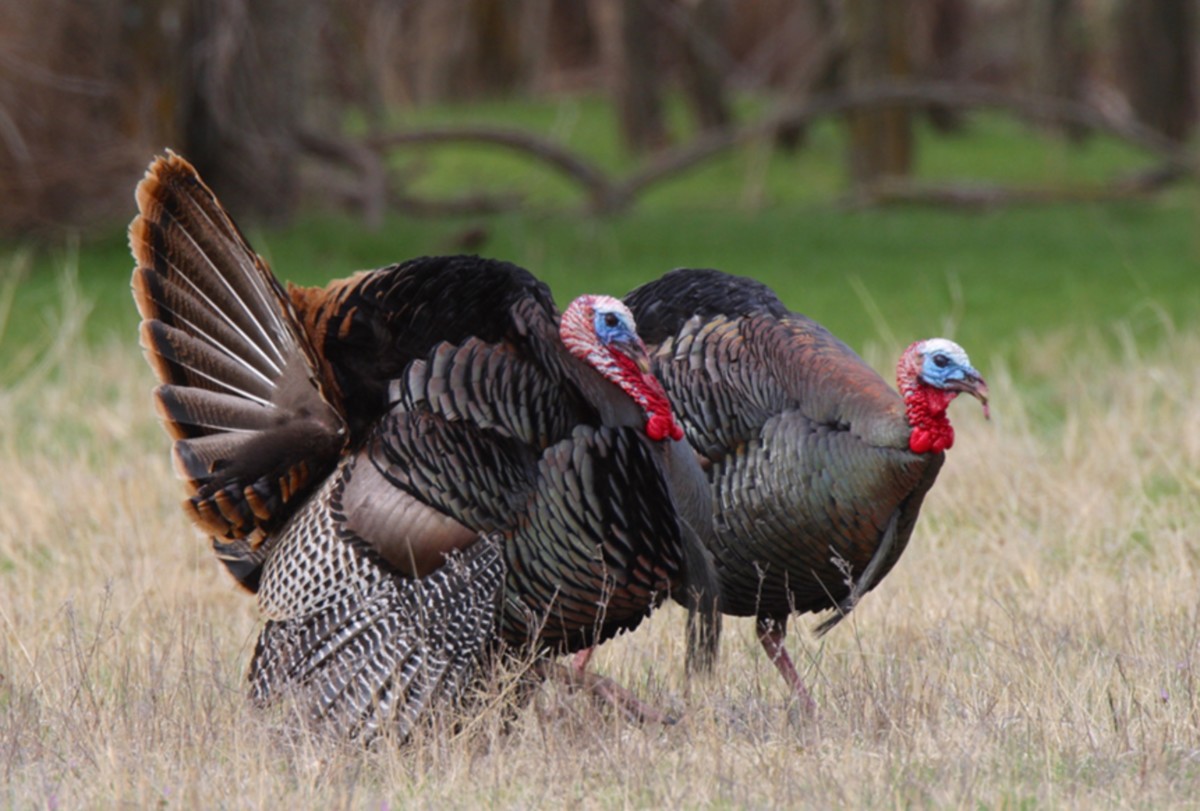
Since that initial group of 39 turkeys was set loose - with hundreds more added in the following years - the population has grown to more than 350,000, according to DNR estimates. From there, Wisconsin’s turkeys were off to the races, Gerrits says. The DNR released its first batch of Missouri turkeys in 1976, along the Bad Axe River in the southwest part of the state. And Wisconsin was able to strike up a deal with Missouri for a bit of a bird swap: Wisconsin would send over some ruffed grouse, a bird whose population was struggling in Missouri, in exchange for wild turkeys. The invention of a device called the rocket net made it easier to capture birds live and relocate them, Gerrits says. Schorger himself had little hope that reintroduction could work: “It is doubtful if a planting will ever become successful in Wisconsin,” he wrote.īut in the 1970s, some new developments really turned things around for Wisconsin’s turkeys. The birds raised in captivity didn’t have the same survival instincts as wild turkeys, Gerrits says, and couldn’t seem to grow their flocks on their own. One problem appeared to be the lack of “wildness” in the flocks they released, the DNR reports. In the 1950s, another batch of turkeys from Pennsylvania was released and did well enough to hold some limited hunting seasons, but still didn’t restore the species across the state. Between 19, the state of Wisconsin released nearly 3,000 pen-raised turkeys into the wild, but the flock soon disappeared, according to the DNR. Some early attempts to get wild turkeys back in action didn’t catch. “By about the early 1900s, we realized that turkeys were nearly extinct from the state, and that we needed to do something if we wanted to try and get them back,” Gerrits says. Without any limits on their harvest, hunters nabbed enough wild turkeys to nearly wipe the birds out - a problem that showed up not only in Wisconsin, but across the whole country. To make matters worse, Gerrits says, hunting was still unregulated in those days. When more settlers started showing up in Wisconsin, though, they cleared huge swaths of land for farming, throwing off this balance and leaving wild turkeys without the forest cover they needed to survive.

“If they could choose anything in the world to live in, it would be a mixture of probably 50% agricultural lands and 50% hardwood forests,” Gerrits says. Though they’re pretty adaptable, turkeys prefer a mix of landscapes to accommodate different parts of their life cycle, Gerrits explains - from grassy areas where they mate and raise their chicks, to thicker forests where they can roost and eat acorns. They especially thrived in the southern part of the state, with its stretches of natural prairie and open grassy areas. In 1674, while his canoe was beached at the Milwaukee River, Marquette wrote: “Pierre shot a deer, three bustards” - or other big land-running birds - “and three turkeys."īack in those days, before Europeans really started settling in Wisconsin in the 1700s and 1800s, Gerrits says “quite a few” wild turkeys roamed. “They're one of our best conservation success stories.”Īccording to a 1942 research article by Schorger, the first recorded mention of turkeys along Lake Michigan came from none other than Father Jacques Marquette, the noted Jesuit missionary and explorer. “We have seen turkeys just really flourish so well in our state,” says Alaina Gerrits, assistant upland wildlife ecologist with the DNR. All it took was a few decades of conservation efforts from a wide range of dedicated Wisconsinites - and some failed attempts along the way.

#Wild turkey full#
But these days, the turkeys are back in full force. But by 1860, “the species was nearly exterminated.”Īnd the recovery wasn’t nearly as quick: Wisconsin was pretty much wild turkey-less as recently as the 1970s, according to the Department of Natural Resources.

“Wild Turkeys and other game were so abundant in the market in the ‘village’ of Milwaukee in January, 1839, as not to be considered a luxury,” Wisconsin conservationist Arlie W. And, in the harsh winter of 1842, the snow piled so high and hardened so thoroughly that you couldn’t scratch your way to the ground - leaving you hungry and vulnerable to predators. You were on the run from hunters who were harvesting turkeys left and right. Your favorite habitats were disappearing as settlers chopped down trees to make way for agriculture. MILWAUKEE - If you were a wild turkey in Wisconsin in the mid-19th century, chances are you were not having a good time.


 0 kommentar(er)
0 kommentar(er)
